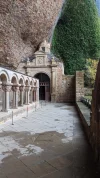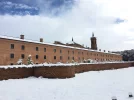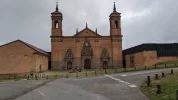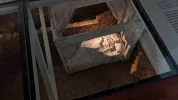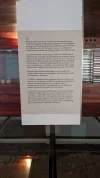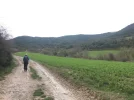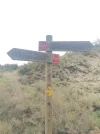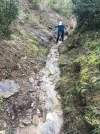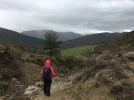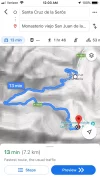Hello,
In 17 August i will go with travel agency to climbing Pyrenees. After that im planning in 26. August start camino from Huesca (i will take bus from Benasque) to Pamplona or Logrono (i dont have time to go full camino)
I have a few qustions:
- Where and how to get credencial in Huseca? Is possible get it in Albergue?
- Will albergues open without booking/call before?
- How much peregrinos going this route?
- What is best way to get from Pamplona to Paris (im from Czechia, best way to get into Spain is across Paris)
Thank you very much! Im not speaking Spanish so this organisation things are hard for me.
Im not speaking Spanish so this organisation things are hard for me.
In 17 August i will go with travel agency to climbing Pyrenees. After that im planning in 26. August start camino from Huesca (i will take bus from Benasque) to Pamplona or Logrono (i dont have time to go full camino)
I have a few qustions:
- Where and how to get credencial in Huseca? Is possible get it in Albergue?
- Will albergues open without booking/call before?
- How much peregrinos going this route?
- What is best way to get from Pamplona to Paris (im from Czechia, best way to get into Spain is across Paris)
Thank you very much!
Last edited:












